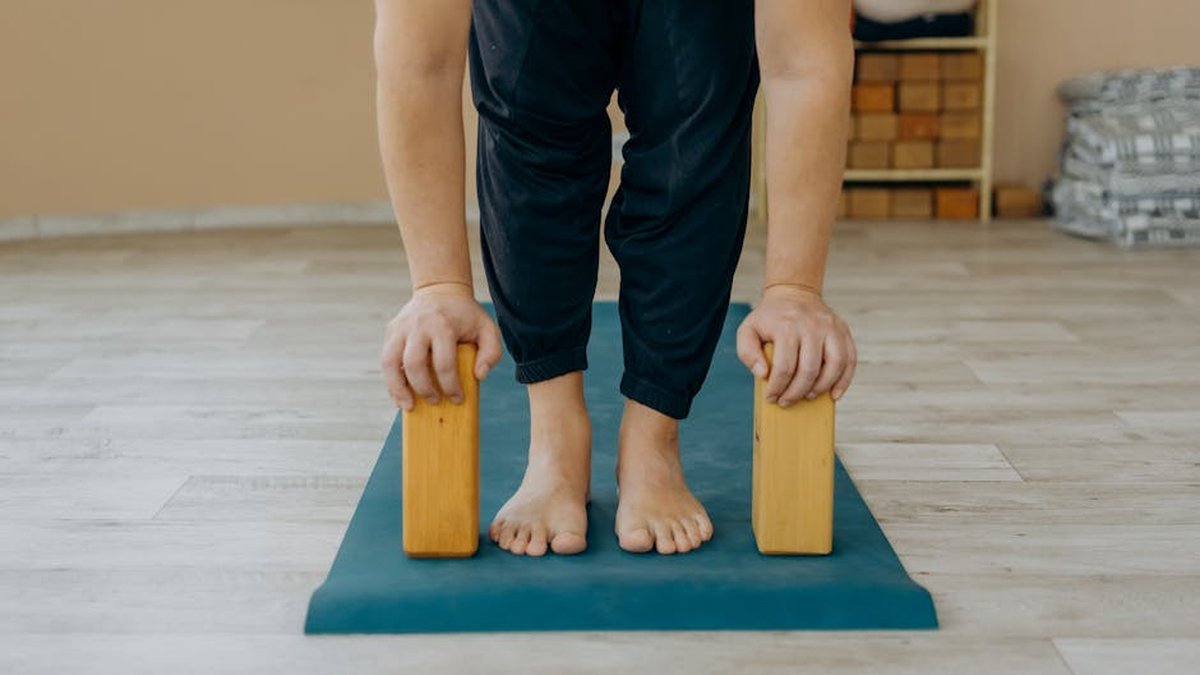Feeling trapped by gym memberships and crowded weight rooms? Yearning for a stronger, more sculpted physique but dreading the thought of another treadmill session? You’re not alone. The good news is, building muscle without going to the gym is absolutely achievable. It requires dedication, a smart approach, and a willingness to embrace alternative training methods, but the rewards are well worth the effort. Let’s break down how you can transform your body right in the comfort of your own home.
Understanding the Fundamentals of Muscle Growth
Before diving into specific exercises, it’s crucial to understand the underlying principles of muscle hypertrophy (muscle growth). Essentially, you need to create micro-tears in your muscle fibers through resistance training. Your body then repairs these tears, making the muscle fibers thicker and stronger. This process requires three key elements:
- Progressive Overload: Gradually increasing the demands on your muscles over time.
- Proper Nutrition: Fueling your body with enough protein and calories to support muscle repair and growth.
- Sufficient Rest: Allowing your muscles adequate time to recover and rebuild.
Bodyweight Exercises: Your Secret Weapon
Bodyweight exercises are a fantastic way to build muscle without any equipment. They’re versatile, convenient, and can be modified to suit different fitness levels. Here are some effective exercises to get you started:
Compound Exercises
These exercises work multiple muscle groups simultaneously, making them highly efficient for building overall strength and muscle mass.
Also Read: The ‘Non-Exercise’ Workout: NEAT Movements That Burn Calories Daily
- Squats: Targets your quads, glutes, and hamstrings. Focus on maintaining proper form and gradually increase the difficulty by adding variations like jump squats or pistol squats.
- Push-ups: Works your chest, shoulders, and triceps. Experiment with different hand placements to target specific muscles. Incline push-ups are easier, while decline push-ups are more challenging.
- Pull-ups/Chin-ups: Excellent for building back and bicep strength. If you don’t have a pull-up bar, consider investing in one that can be easily installed in a doorway. Use resistance bands to assist if needed.
- Lunges: Another great exercise for your lower body. Focus on maintaining balance and control throughout the movement.
- Plank: A static exercise that strengthens your core muscles. Hold the plank for as long as possible, maintaining a straight line from head to heels.
Isolation Exercises
These exercises target specific muscle groups, helping to refine your physique and address any weaknesses.
- Calf Raises: Strengthen your calf muscles.
- Tricep Dips: Use a chair or bench to perform tricep dips.
- Crunches/Leg Raises: Target your abdominal muscles.
- Superman Exercise: Strengthens your lower back muscles.
Leveraging Household Items for Resistance
Don’t underestimate the power of everyday objects! You can use household items to add resistance and increase the intensity of your workouts.
- Water Bottles/Jug of Water: Use them as dumbbells for bicep curls, shoulder raises, or tricep extensions.
- Backpack Filled with Books: Wear it during squats, lunges, or push-ups to add extra weight.
- Towels: Use them for assisted stretching or to create resistance during exercises like towel rows.
Nutrition is King: Fueling Your Muscle Growth
No amount of exercise will compensate for a poor diet. To build muscle, you need to consume enough protein and calories. Aim for at least 0.8 grams of protein per pound of body weight per day. Focus on lean protein sources like chicken, fish, beans, and lentils. Don’t forget about complex carbohydrates and healthy fats, which provide energy and support hormone production.
Sample Meal Plan (Adaptable to your needs)
- Breakfast: Oatmeal with berries and protein powder.
- Lunch: Grilled chicken salad with mixed greens and avocado.
- Dinner: Baked salmon with roasted vegetables and quinoa.
- Snacks: Greek yogurt, nuts, or a protein shake.
Consistency and Progressive Overload are Key
Consistency is paramount. Aim to work out at least three times per week, and gradually increase the difficulty of your exercises over time. This could involve adding more repetitions, sets, or resistance. Listen to your body and don’t push yourself too hard, especially when you’re starting out.
Tracking Your Progress
Keep a workout journal to track your progress. This will help you stay motivated and identify areas where you need to improve. Note down the exercises you perform, the number of repetitions and sets, and any weight or resistance you use.
Rest and Recovery: Giving Your Muscles Time to Rebuild
Rest is just as important as exercise and nutrition. Your muscles need time to recover and rebuild after a workout. Aim for at least 7-8 hours of sleep per night. Consider incorporating active recovery days into your routine, such as light cardio or stretching.
Building muscle without going to the gym is a journey that requires commitment, patience, and a positive mindset. It’s about embracing the resources you have available and making the most of them. Remember to focus on proper form, progressive overload, and fueling your body with the right nutrients. With dedication and consistency, you can achieve your fitness goals and build a stronger, healthier, and more confident version of yourself. So, embrace the challenge, believe in your potential, and start your muscle-building journey today. The power to transform your body lies within you, no gym membership required!






1 thought on “Build Muscle Without Going to the Gym: Your Ultimate Guide”
Comments are closed.